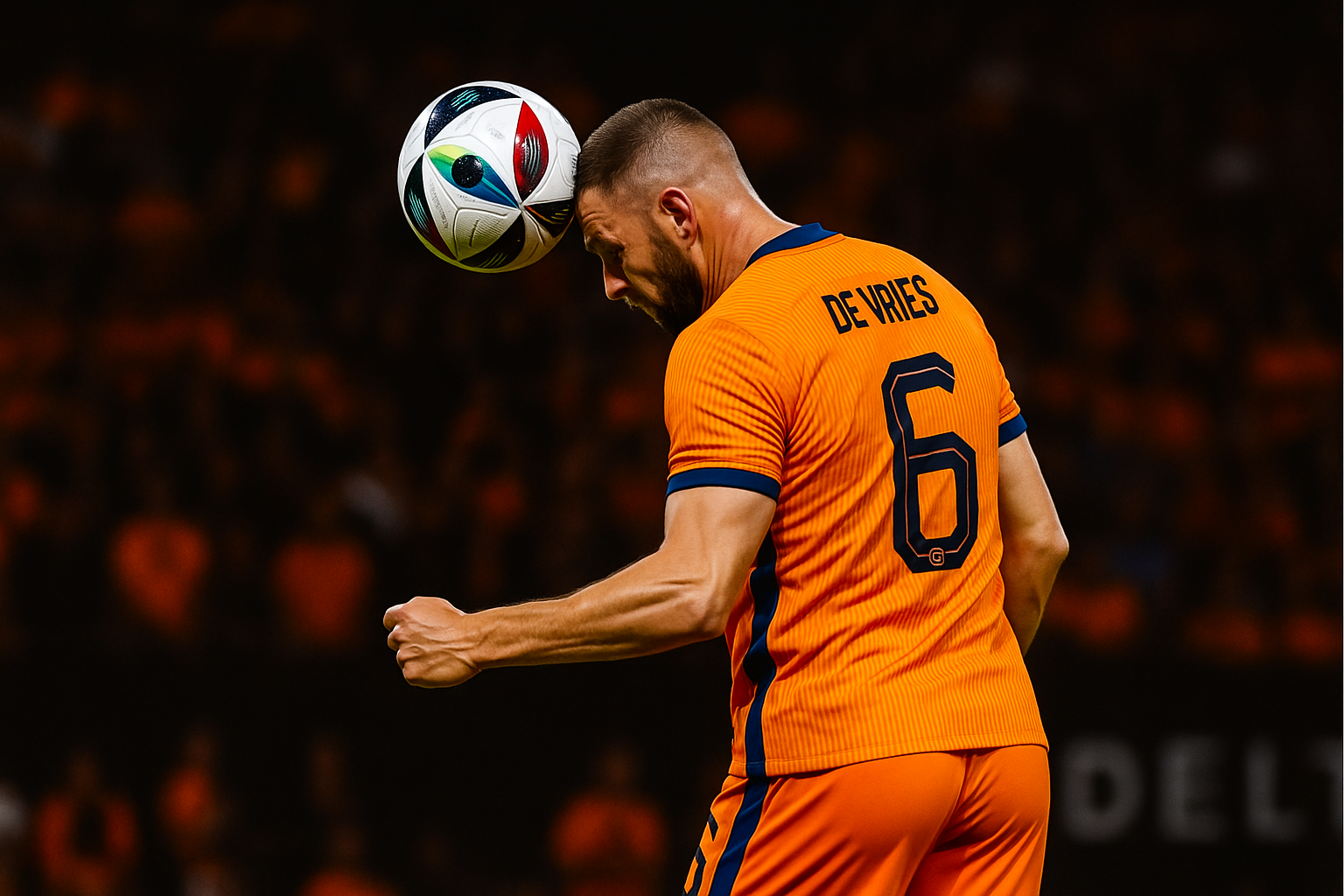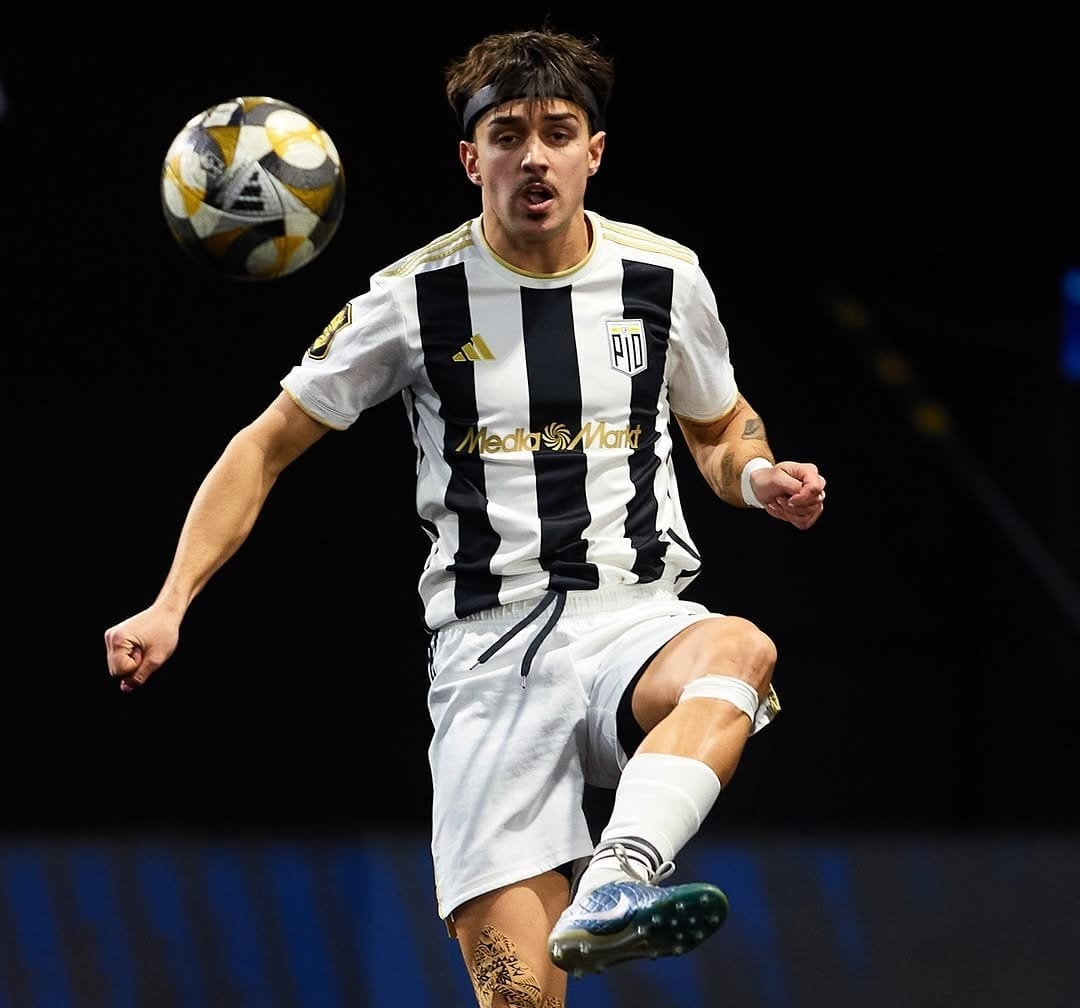The risks of heading in soccer
⚠️🚨 In recent years, awareness of the long-term consequences of head impacts has increased significantly.

At first glance, head strikes may seem harmless to our health, as we may think that the impact forces are not intense enough to cause brain damage. However, in recent years, research has shown that repeated blows to the head can lead to long-term neurological problems.
How the risks of head butting were discovered.
It all started in 2017, with a Boston University-led study revealing that 110 of 111 soccer players' brains analyzed 'post mortem' showed signs of chronic traumatic encephalopathy. The results presented at the annual meeting of the Radiological Society of North America (RSNA) yielded new data on this controversial topic and suggested that repeated use of the head to kick the ball may have consequences for brain function.
However, the big impact for soccer came from a study conducted in collaboration with FIFA led by the University of Glasgow in 2019, which concluded that professional footballers are five times more at risk of developing Alzheimer's and twice as likely to develop Parkinson's than the general population.
The research was led by Dr. Willie Stewart, who has highlighted the significance of his findings. Footballers are more likely to suffer from neurodegenerative problems, they are also less likely to have heart attacks or certain types of cancer.
"Our data shows that footballers have higher rates of dementia, but are less likely to die from other common diseases."
The reaction of the US and English FootballAssociations(FA), which commissioned the study, was almost immediate: they banned children under the age of 12 from striking the ball with their heads during training sessions. They were joined by federations in countries such as Scotland, Ireland and Argentina in limiting the use of headers by minors.
Most relevant studies on the risks of headers
From these studies, many other independent studies have emerged warning about the consequences of head butting. These have confirmed that repeated impacts to the head can cause severe neurological damage. Some of the most relevant are:
Boston University study
They show that heading a soccer ball may contribute to neurodegenerative problems, such as chronic traumatic encephalopathy. It also shows a relationship between the number of headers a player makes and the presence of brain abnormalities. 🔗 Link
Glasgow University Research
It showed that professional soccer players have a five times higher risk of developing Alzheimer's and twice the risk of Parkinson's compared to the general population. 🔗 Link
JAMA Ophthalmology Journal
10 such impacts (headers) are enough for brain capacities to be impaired in coordination, memory and cognition tests compared to those who only shoot. 🔗 Link
University of Barcelona study
Concludes that increased head impacts among professional soccer players could lead to more cases of neurodegenerative diseases in the coming years. 🔗 Link
British Psychological Society
It shows by some tests that professional soccer players have greater memory problems correlated with the estimated number of headers they have made during their professional life 🔗Link.
Science and Medicine in Football Journal study
Trials of 20 consecutive headers to a ball show that they negatively influence some indicators of concussion and working memory 🔗Link.
For his part, relevant personalities such as Jesús Porta, vice-president of the Spanish Society of Neurology (SEN),explains that
"In children, the brain is developing plasticity. That is to say, when the brain is still forming, repeated head trauma can lead to an increased risk of developing future pathologies. This is something that has not yet been scientifically proven, but it is more than reasonable to think, in view of the studies carried out, that this is the case".
Cases of footballers affected by impacts to the head
Throughout history, several players have suffered serious problems due to blows to the head. Some recent cases include:
- Jeff Astle: First professional footballer to die of chronic traumatic encephalopathy (CTE).
- Raphaël Varane: Former Real Madrid and Manchester United player, has spoken about the effects of repeated impacts to the head and how these can affect the longevity of a footballer's career.
- Robin Le Normand: The Atletico Madrid defender suffered a subdural hematoma after a blow to the head, which left him out of action for three months.
- Gavi: The young midfielder suffered a severe concussion after a head-on-head collision in a match against Alavés, reopening the debate about safety in soccer.
- Alan Shearer: The legendary English striker has been one of the most vocal former players about the effects of headers, claiming that he experiences symptoms of brain dementia after years of repeated impacts.
- Raul Jimenez: The Mexican striker suffered a skull fracture after a collision with David Luiz, which put his life in danger and forced him to retire from the field for 7 months.
Solutions to reduce risks
With growing concerns about brain health in soccer, innovations such as Proteckthor, a protective headband that reduces head impact by up to 93%, have emerged.
What makes Proteckthor different?
- Shock absorption technology: Designed to minimize the force of blows to the head.
- It allows to play with greater confidence and security.
- Endorsed by the Engineering Department of the University of Zaragoza.
- Permitted by the Rules of the Game (IFAB).
- Comfort and safety: Lightweight and adjustable, it does not affect the player's performance.
- Used in professional soccer: More and more players choose to use this type of protection.

Cinta para rematar de cabeza
La cinta para rematar de cabeza que reduce hasta los impactos en la cabeza
In conclusion...
Soccer is evolving and taking steps to protect the health of its players. Scientific studies, cases of affected players and innovative solutions such as Proteckthor are leading the way towards a safer sport without losing its essence.
The question is no longer whether we should worry about head impacts, but what we are going to do to protect the players of the future.


